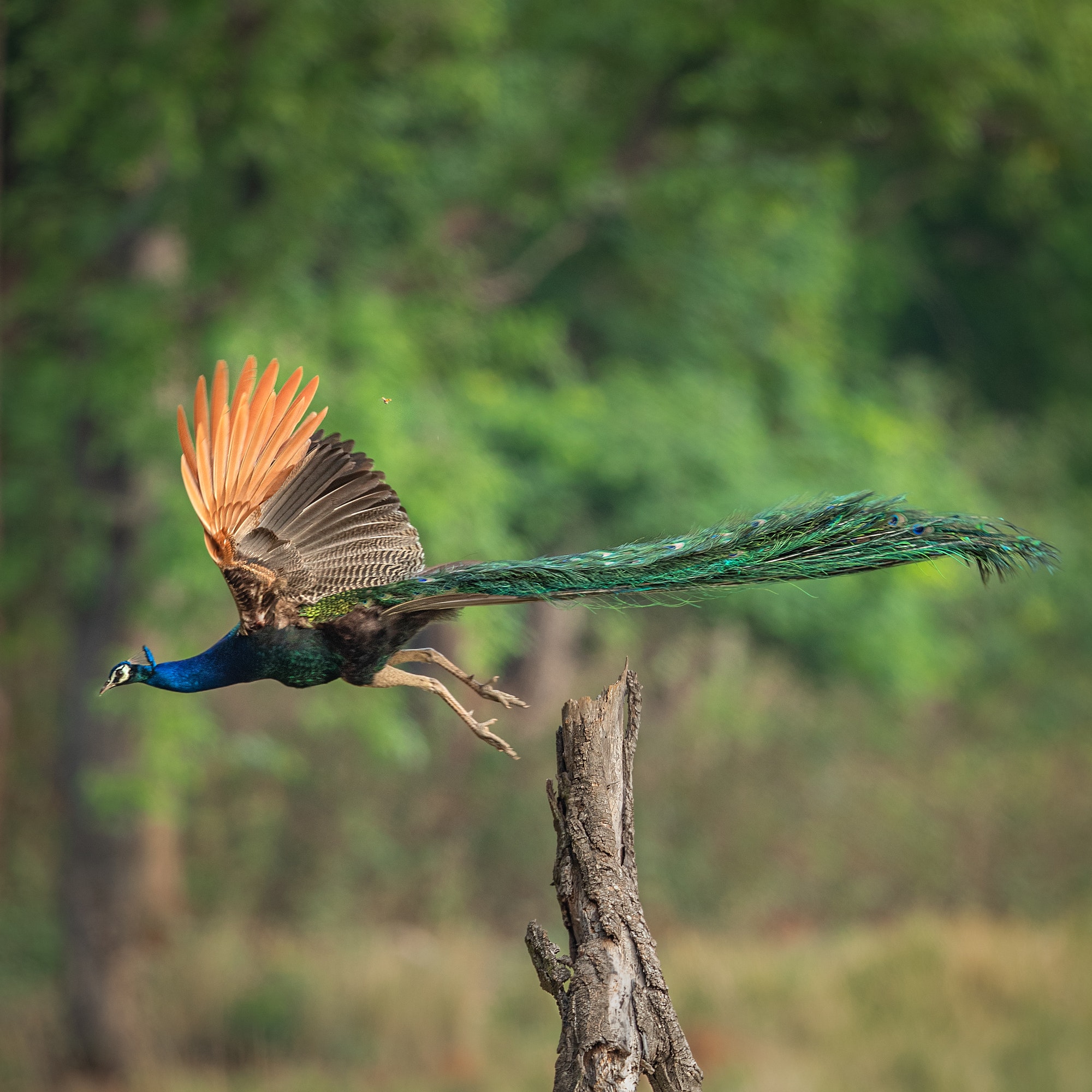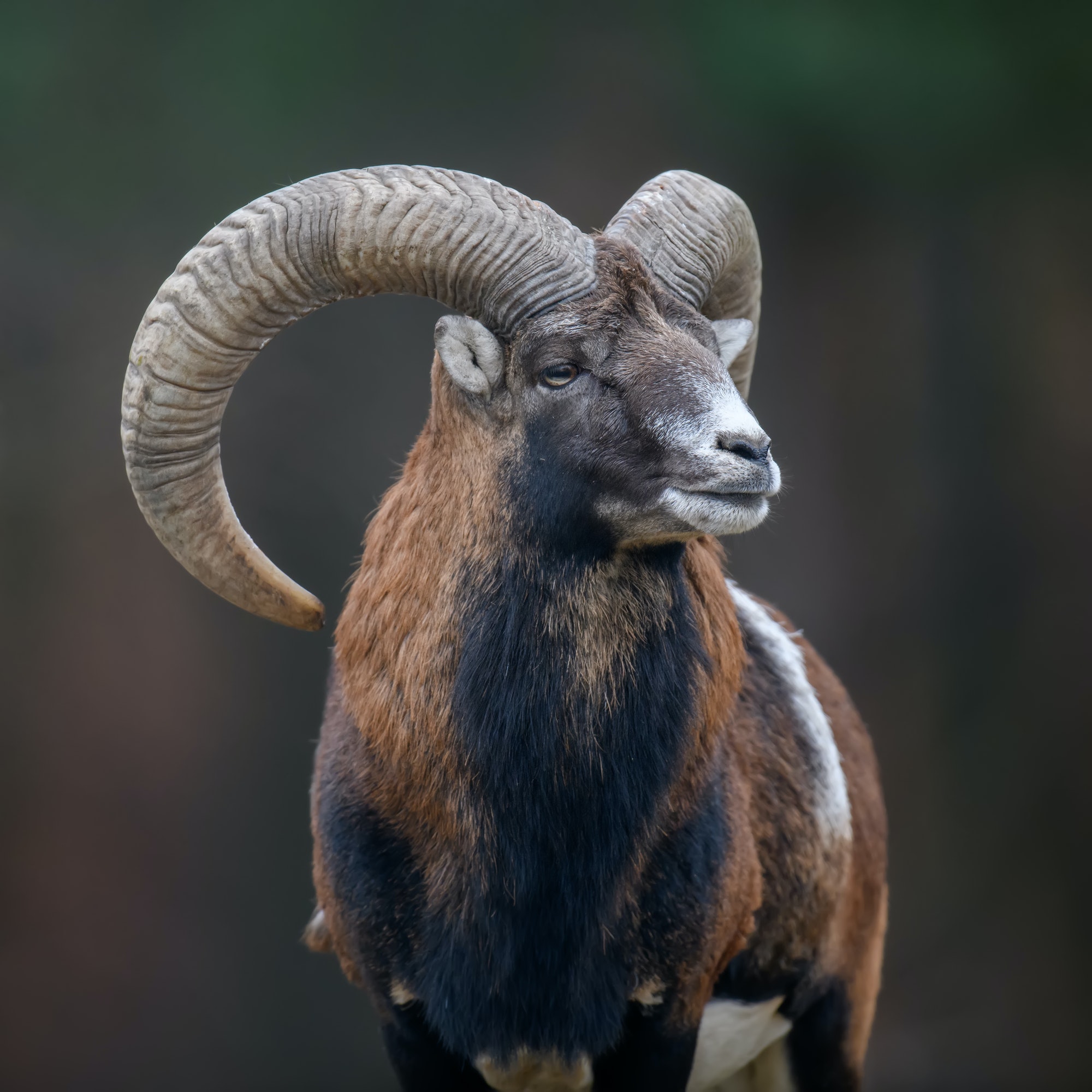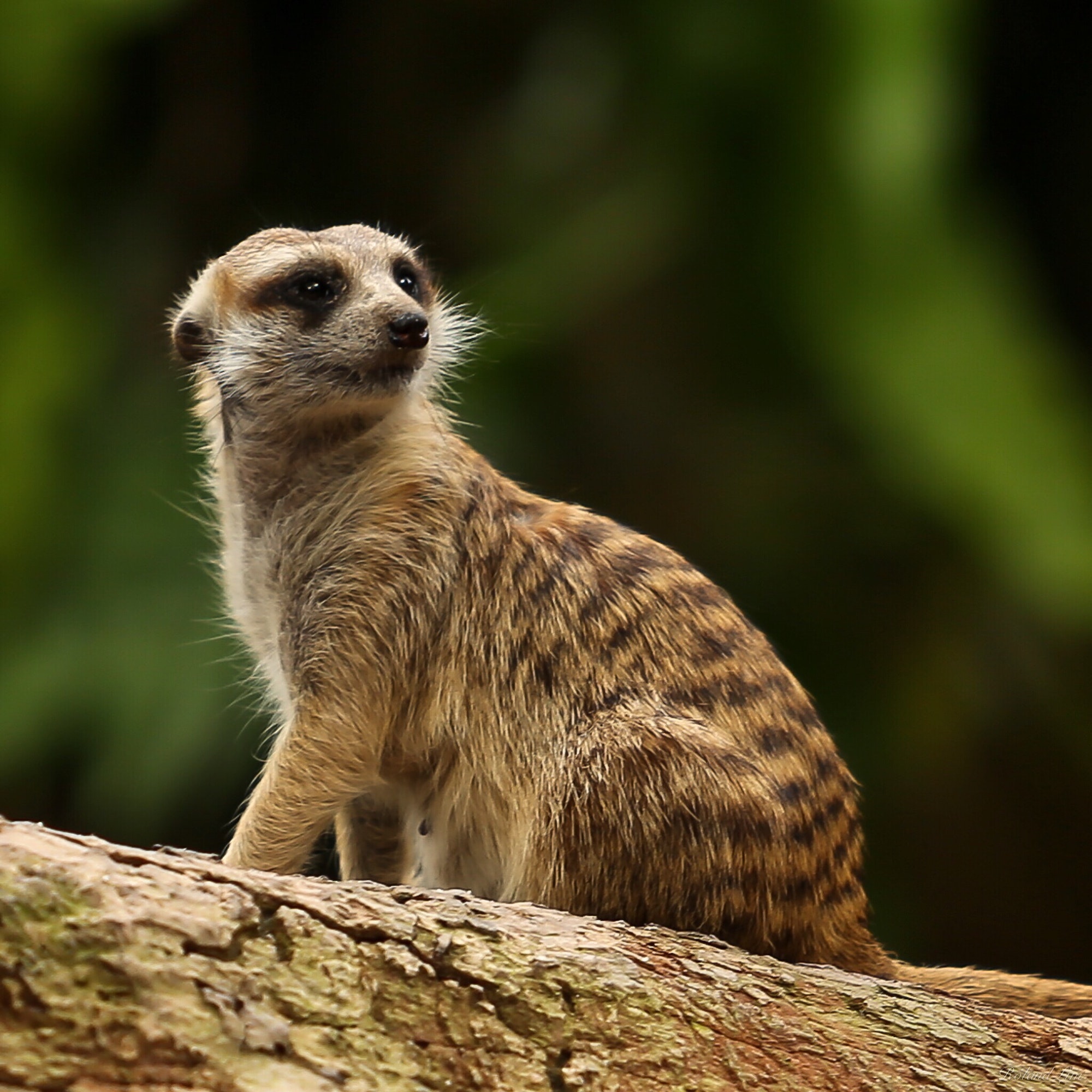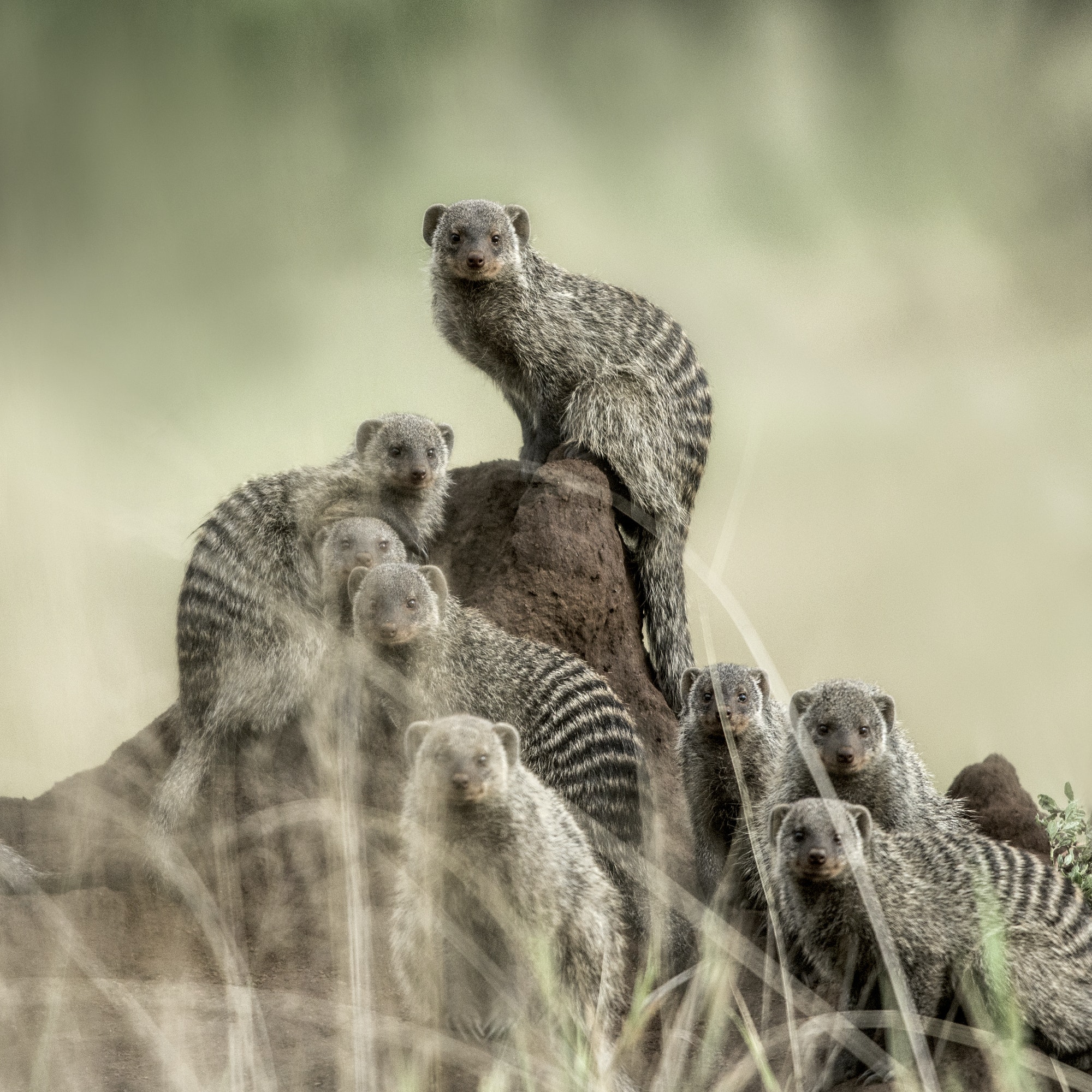The Majestic Encounter
The Majestic Encounter: Witnessing the Magnificence of a Great Hornbill in its Natural Habitat in North Bengal
Introduction
North Bengal, with its lush green forests and diverse wildlife, offers a unique opportunity for nature enthusiasts to witness the breathtaking beauty of the Great Hornbill. With its prominent beak and vibrant plumage, this majestic bird symbolizes wilderness and grace. In this blog post, we will delve into the incredible experience of encountering a Great Hornbill in its natural habitat in North Bengal.
The Great Hornbill: A Symbol of Wilderness
The Great Hornbill (Buceros bicornis) is one of the most prominent members of the hornbill family and can be found in the forests of North Bengal. Known for its stunning appearance, the Great Hornbill boasts a black and yellow plumage with a large curved beak, often called a casque. This magnificent bird has a wingspan of up to 5 feet, making it an awe-inspiring sight.
Exploring the Natural Habitat
To witness the Great Hornbill in all its glory, one must venture into the dense forests of North Bengal. The region is home to several wildlife sanctuaries and national parks, such as Neora Valley National Park and Singalila National Park, where these birds can be spotted. These protected areas provide a haven for diverse flora and fauna, making them ideal for birdwatching.
The Encounter: A Moment of Awe
As you traverse the trails of North Bengal, the anticipation of spotting a Great Hornbill builds. The moment arrives when you hear the bird’s distinctive call, a deep, booming sound reverberating through the forest—your heart races as you follow the sound, hoping to glimpse this majestic creature.
And there it is, perched high on a branch, its vibrant plumage contrasting against the verdant backdrop. The Great Hornbill’s beady eyes meet yours, and for a fleeting moment, time stands still. The sheer size and beauty of the bird leave you in awe, capturing your attention and stirring your soul.
Ecological Significance
Beyond its visual appeal, the Great Hornbill plays a vital role in maintaining the ecological balance of the forest ecosystem. As a seed disperser, it consumes fruits and regurgitates the seeds, aiding in the propagation of various plant species. This symbiotic relationship between the bird and the forest highlights the importance of preserving their natural habitat.
Conservation Efforts
The Great Hornbill population faces numerous threats, including habitat loss and hunting. Recognizing the need for conservation, various organizations and authorities are working towards safeguarding these magnificent birds and their habitats. Efforts such as creating awareness, implementing strict regulations, and promoting eco-tourism contribute to the conservation of the Great Hornbill and other endangered wildlife species in the region.
Conclusion
Encountering a Great Hornbill in its natural habitat in North Bengal is an experience that will leave you with a deep appreciation for the wonders of nature. The majestic beauty, the distinct call, and the ecological significance of these birds make them a symbol of wilderness and grace. By preserving their natural habitat and supporting conservation efforts, we can ensure that future generations can witness the magnificence of the Great Hornbill and other endangered species in full glory. So, let us join hands in protecting these marvels of nature and continue to celebrate their existence.







